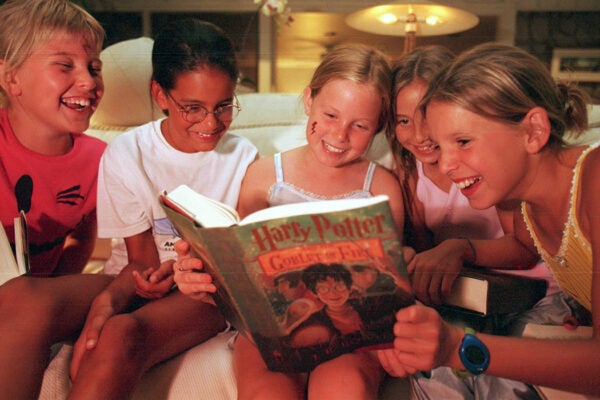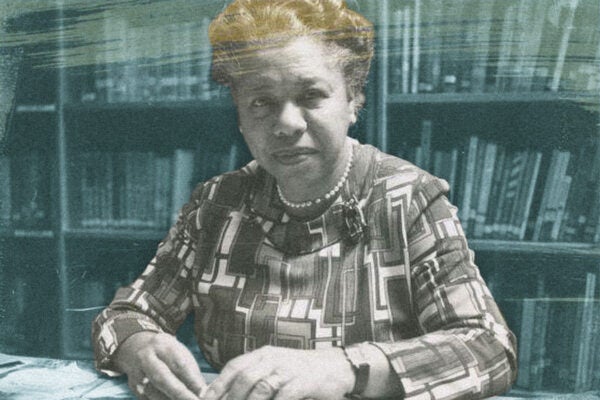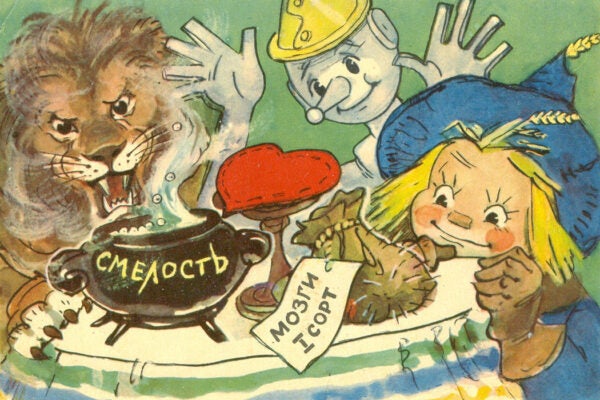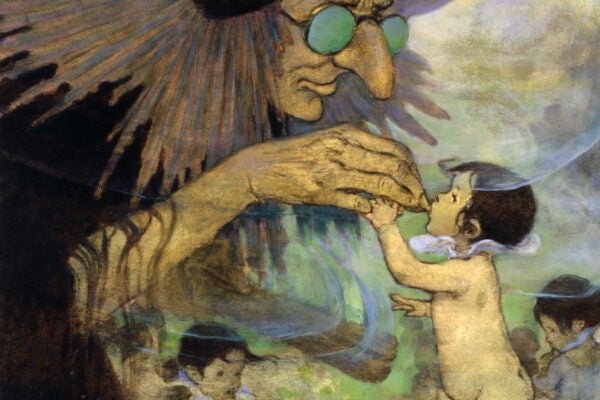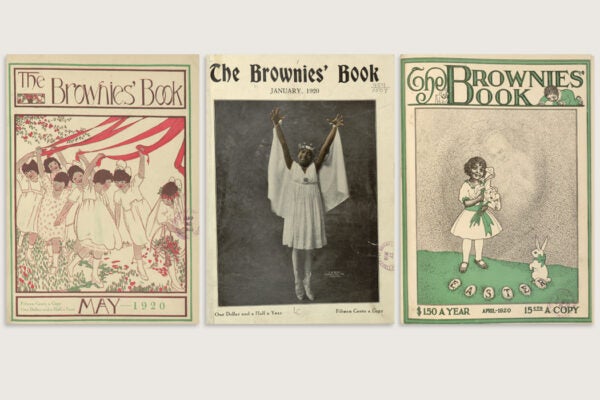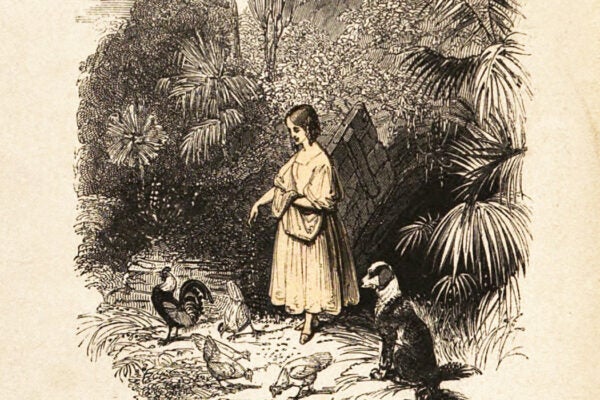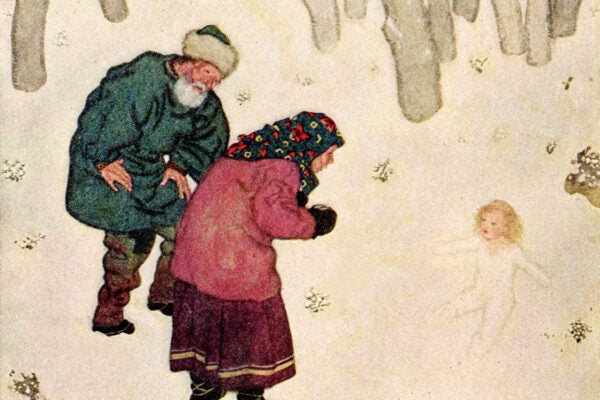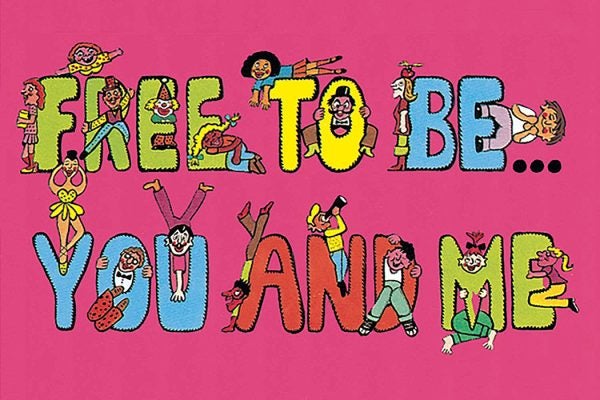The Enduring Popularity of Harry Potter
How has the Harry Potter series remained so beloved across decades filled with young adult and fantasy novels?
The Legendary Children’s Librarian of Harlem
Raised in a family of storytellers, Augusta Baker continued that tradition, imparting a love of books to readers of all ages.
Twin Curtains: Oz and the USSR
Aleksandr Volkov’s The Wizard of the Emerald City reimagined L. Frank Baum’s classic, imbuing the story with a love of labor for readers in the Eastern bloc.
Man of Science, Man of God
In The Water-Babies, Charles Kingsley parodied the dogmatic belief held by many in Victorian England that faith and reason are incompatible.
The Short Life (and A New Revival) of The Brownies’ Book
A new anthology celebrates the life and impact of one of the earliest American periodicals written for Black children.
What if Robinson Crusoe was a Girl?
In nineteenth-century England, stranding a (fictitious) girl on an island made a good argument for imperialism.
Edmund Dulac’s Fairy Tales Go to War
One of the best-known illustrators of the “golden age of children’s gift books,” Dulac was also a subtle purveyor of Allied propaganda during the Great War.
Children’s Fairy Tales and Feminine Beauty
Fairy tales, many of which associate women’s beauty with goodness, act as scripts that pass along specific messages about women’s bodies and attractiveness.
Don’t Dress Your Whale in Galoshes
Free to Be... You and Me was meant to help rear a generation free of sexist stereotypes. Fifty years on, some of its well-intentioned messages are worn around the edges.
Dime Novels and Story Papers for Kids
The rise of popular literature for children put a story, a role model, and a set of values in a young boy’s pocket.
